It's a new year, a new age and time to forsake the brick-and-mortar classrrom. We take a look at digital education, and how it can bridge the rural-urban gap, opening up a new world for both teachers and students
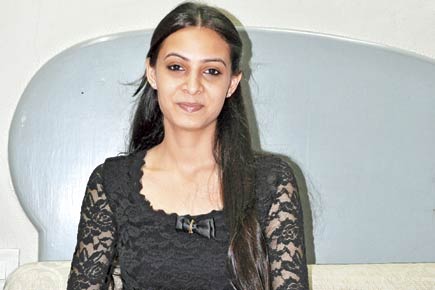
Traditionally, teachers in India have taught by what is known as the ‘chalk ‘n’ talk’ method. In schools today, however, it is easier to find children using the computer mouse than to hear the sound of chalk on blackboard. There is a growing push to take e-learning, or electronic learning, into rural areas.
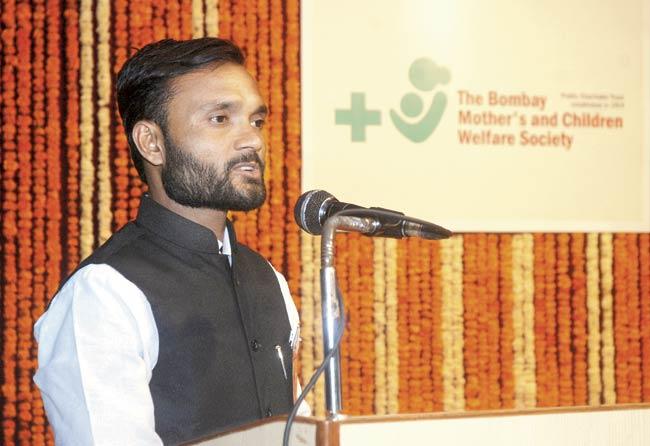
Teacher Sandip Jadhav wants basic infrastructure to support digital classrooms
ADVERTISEMENT
“Technology should be available to every student in this country,” says Dr Madhav Sathe, joint honorary secretary of The Bombay Mothers and Children Welfare Society (BMCWS). “In both, rural and city schools, there should be access to computers and the internet. Once we achieve this, the only hurdle we have to cross over is finance.”
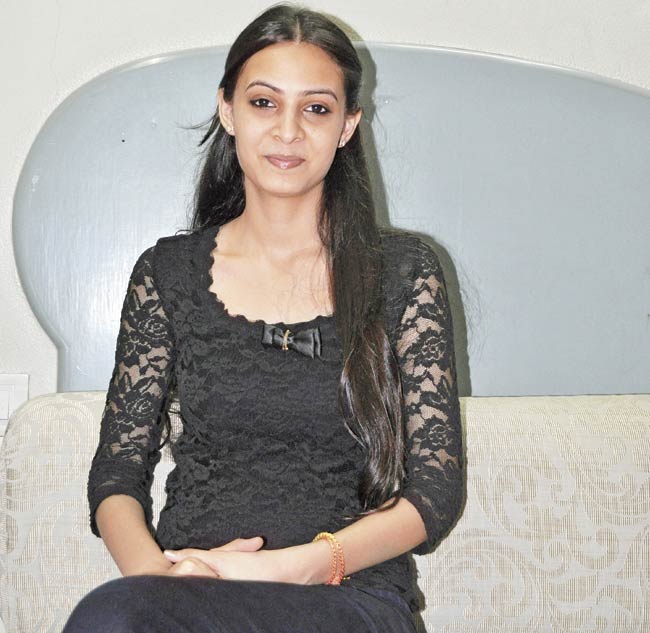
Shruti Aggarwal
Initiative
The BMCWS, which was formed more than 100 years ago, has been providing digital classrooms to 72 rural schools in Rajgurunagar taluka, Pune district, since September. The BMCWS along with the help of Tata Consultancy Services (TCS) and other supporters, launched this initiative.
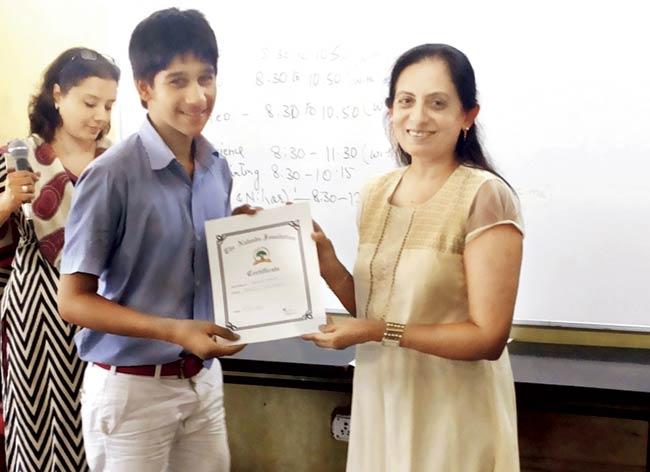
Nalanda Foundation director Aarti Gandhi says human interaction is very important for a child’s development
According to Dr Sathe, the curriculum of a digital classroom is animation based. He says, “From an eclipse to how a heart functions, everything is viewed in 3D on the computer. Children find this much more interesting than textbooks.”

Through digital classrooms children learn to work as a team
Dr Sathe and his team at BMCWS worked for six years to provide digital classrooms to 72 rural schools. Each of these classrooms contains computers and projectors. The cost of these digital classrooms is R 70,000 to R 80,000 per three years. A total of 10,500 rural school children will benefit from this project.
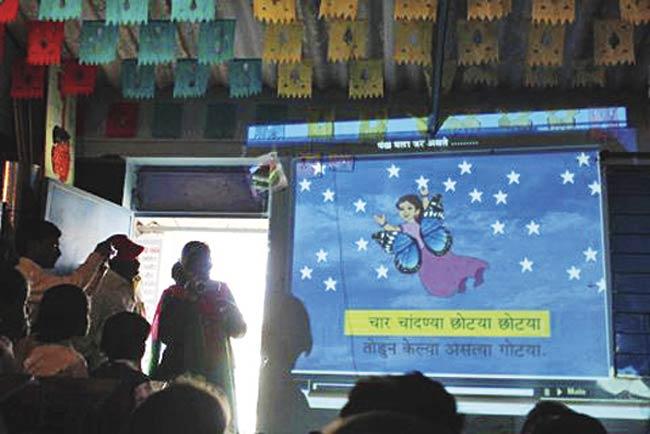
Through digital classrooms children learn to operate the computers and collaborate as a team
Most of these schools are primary schools, with a handful of secondary schools. Digital classrooms in Maharashtra are usually provided in two languages, Marathi and English, and include a projector, computers, CDs and DVDs.

Milind Sonawane hopes e-classrooms will create more opportunities
Opportunities
Milind Sonawane, principal of New English School in Nimgaon, who participated in the digital classroom pilot project of BMCWS says, “Since we run a rural school, sometimes basic facilities like a science lab and computer is a distant dream.
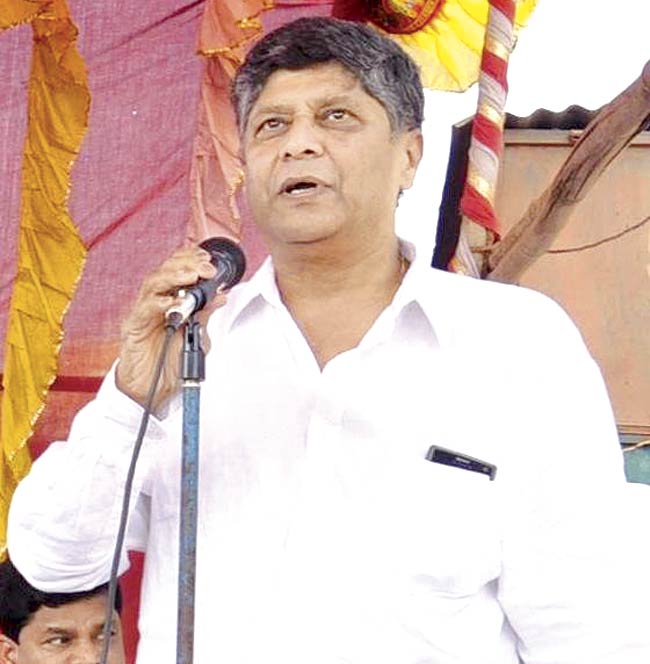
Dr Madhav Sathe believes visuals are more interesting than reading
There is a lot of gap between rural students and their city peers. We should try and fill this gap, and one of the many ways is through digital learning. Since digital classes have begun, kids prefer studying rather than loitering around. They concentrate and they are inquisitive.

They want to participate and they are able to operate computers themselves.” Sonawane says, “Our school is a secondary school. In total, we have 30 students and five teachers. Each of our teachers, after initial workshop participation, is equipped with computer education. As we have few teachers, sometimes it can be hard to manage classes. Since e-learning has started, it acts as the second teacher, and reduces the workload of the principle teacher.”
Workload
To this Kanchan Wankhede, who teaches Maths and Science at New English School adds, “It is very important for schools and teachers to understand what digital classrooms are. They should only be used as an aid. A tool to enhance a child’s learning experience, to help make education interactive, creative and fun. Digital classrooms should not replace teachers.
Once a school adopts a digital classroom, teachers should not assume that their work is over and they can “aaram se baithke chai nashta kare” (sit and relax with tea and snacks). In fact, their responsibility to monitor and improve lessons grows. Most of the schools should use digital classrooms and the government should make sure that all the schools have at least one digital classroom.
“When a child sees something or hears something, it makes a huge difference. In many private schools, these classes start from the primary level. The government should make sure that non-aided schools should have digital classrooms from primary level.
Now in our school, kids are eager to learn but at the same time we have an electricity problem. As we have one digital classroom, we take one standard each day. If someday we don’t have electricity, we either ask children to come back to school once there is electricity or they just wait around. Digital classrooms are useless if we don’t have power. The overall facilities in schools have to be improved.”
Necessity
Students from Holy Name High School in Colaba have been using digital classrooms for the last five years. According to the ex-principal of the school, Father Michael Pinto, along with making education interesting for kids, digital classrooms also help in maintaining discipline. He says, “One of the main reasons I felt digital learning is a necessity is that disciplining kids was always a problem. They would hardly listen to us. But e-learning has proved to be more effective.”
He continues, “Kids today are progressing very fast. They want things to be done quickly. They hate just sitting around and waiting. Earlier, when we gave projects, kids would sit with an Encyclopedia or a Childcraft book. But now all the kids are on the internet. The amount of information you get online is vast. Secondly, online education allows a child to learn through an interactive medium. Visuals and group discussions are available online. Education is more interactive and this is the need of the hour.”
Interaction
Aarti Gandhi, director Nalanda Foundation, an NGO in Mumbai which aims at ensuring that every child with learning difficulties has access to education, says human interaction is very important for the child’s development. She says, “Though digital learning does open more doors, as it involves a lot of self-study, a child could feel unsupported and alone.
Face-to-face meeting in a classroom imposes accountability, inspires effort and promotes academic responsibility in subtle ways. On a campus, students attend class and stay alert because they worry what the teacher will think if they don’t.
I don’t think machines can replace humans. The moods of a teacher, the voice and tone, are all tools of communication. Similarly computers, projectors, laptops and tablets should only be used as tools. They should not replace the teacher. Kids want to be spoken to, they want to be appreciated. The student-teacher ratio in schools has already gone for a toss and if we add computers as the sole teachers, we are not allowing a child to grow and be social.”
Gandhi further explains, “Digital learning is welcomed. Kids today grow fast and learn fast, they relate to technology better. Hence if we, teachers, use this tool cleverly, it will make a huge difference. It will take the pressure off kids and they will not find studies a burden.”
Methods
Akanksha Foundation teacher Shruti Aggarwal, who teaches pre-primary students, uses projectors and computers on a daily basis to teach different subjects. She says, “The mix of auditory and visual input that computers provide is highly engaging; it keeps my students’ attention. Let’s not forget that the current generation of students is a digital generation, not a paper-and-pencil generation like us.
Why keep pressing them into an academic pattern that may have worked for us, but does not apply to them? If you ask me whether I remember anything I learnt in school, my answer is no. I wish we had such methods as well. For me, a movie on Gandhiji was more effective than reading 30 pages on his life.
“But at the same time, traditional methods of teaching should not be ruled out. Yes digital learning is remarkable, but it has its limitations. For some subject like maths, I can’t use a projector. Though teaching with technology is convenient, kids are increasingly forgetting to read and write. This in turn affects their language. Digital learning should be encouraged, but it should be accompanied by traditional methods of teaching.”
Facility
Sandip Jadhav, a teacher at a tribal school in Thakarwadi, Vetale says, “Many NGOs are helping schools adopt a digital classroom. It is a great achievement for rural schools. But at the same time the government should actively participate in the smooth functioning of digital classrooms.
Electricity and proper infrastructure is a must. Through digital classrooms, we could have video conferences with city school kids and through this, village students will get more exposure, better understanding of topics, they will learn to be collaborative and eventually will learn about new cultures.”
 Subscribe today by clicking the link and stay updated with the latest news!" Click here!
Subscribe today by clicking the link and stay updated with the latest news!" Click here!







